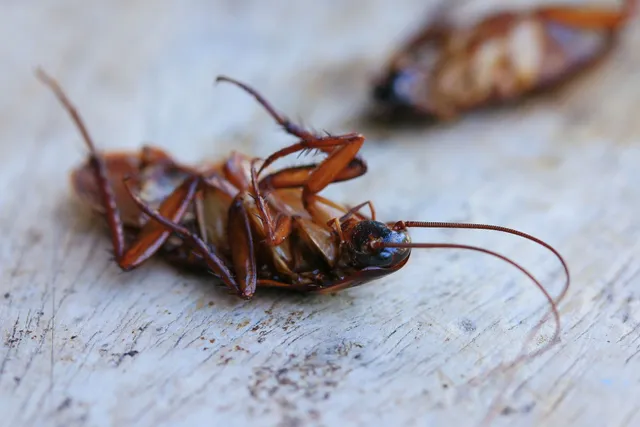Finding bugs in your house can be a sudden stress and worry about having an infestation. The sight of cockroaches dashing across your kitchen floor after midnight, or ant trails leading steadily up to your pantry, indicates unwanted forays into your living space.
Each comes with unique difficulties—cockroaches, for their hardiness and ties to filth and grime, and ants, for their organized hives and relentless presence. These unwanted guests can spread diseases, destroy property, and occasionally bring health risks to you and your family. Understanding the distinction between these most commonly encountered household invaders helps you to recognize each correctly and take the treatment you need.
Almost 30% of American homes experience an infestation each year, and two of the most widely cited pests are cockroaches and ants. DIY remedies might offer some respite, but consulting with qualified pest control experts from saelapest.com guarantees a total banishment as well as the possibility of avoiding future infestations.
Cockroach vs. Ants: Differences
| Feature | Cockroaches | Ants |
| Body Structure | Flat, oval body with long antennae and six legs | Three distinct body segments (head, thorax, abdomen), six legs, bent antennae |
| Size | 0.5-2 inches (varies by species) | 0.08-1 inch (varies by species) |
| Color | Usually brown or black | Black, brown, red, or yellow depending on species |
| Social Behavior | Solitary creatures that gather near food | Highly social, live in colonies with specialized roles |
| Reproduction | Egg cases contain multiple eggs | Queen lays thousands of eggs throughout lifetime |
| Diet | Omnivorous scavengers; eat almost anything | Varied diets; many prefer sweet foods and proteins |
| Lifespan | 6 months – 2 years | Workers: 1-3 years; Queens: up to 15 years |
Both cockroaches and ants are common pests found in the home, but they have distinct biology and behaviours. Cockroaches like darkness and moisture, and are predominantly nocturnal, which may make them more difficult to see during the day. They are nimble and can wriggle through small cracks.
Ants, on the contrary, work in organized colonies with sophisticated modes of communication. Studies have suggested that the size of a single ant colony might range from 1,000 ants up to a few million, depending on the species. While cockroaches detest the light and generally stay out of humans’ way, ants will boldly leave visible trails as they scout out for food to take back to their nest.
Which Is More Dangerous?
The threat of cockroaches and ants is as obvious as it is different, to human health as well as to property. Cockroaches, on the other hand, are a far greater health hazard in general. They harbor multiple pathogens and disseminate at least 33 types of bacteria, including E. coli and Salmonella. Their shed skin and faeces are allergens that induce asthma attacks and allergic reactions, particularly in children.
Ants usually pose fewer direct health risks, but some species can be problematic. The venom from their stings can cause severe allergic reactions in susceptible human beings. Carpenter ants don’t spread diseases, but they can do a fair amount of structural damage, hollowing out wood to create their nests. Pharaoh ants can infest hospitals and may spread infection from room to room.
There are issues associated with both pests from a property damage standpoint. They eat paper, fabric, and even electrical wiring, which they can damage, posing not just bug problems, but a hazard for electrical fires as well. Some can even chew their way through wood and find their way into electronic equipment, disrupting its function. They both pollute food sources, creating waste and potential sickness if eaten.
Get In Touch With a Pest Control Service
Persistent cockroach or ant issues tend to require knowledge and equipment that many homeowners simply don’t have. Professional pest control professionals can identify the exact species of fire ant, find points of entry, and devise a targeted remedy to eradicate the ants. They also offer preventive systems to ensure that the pests will not return.

